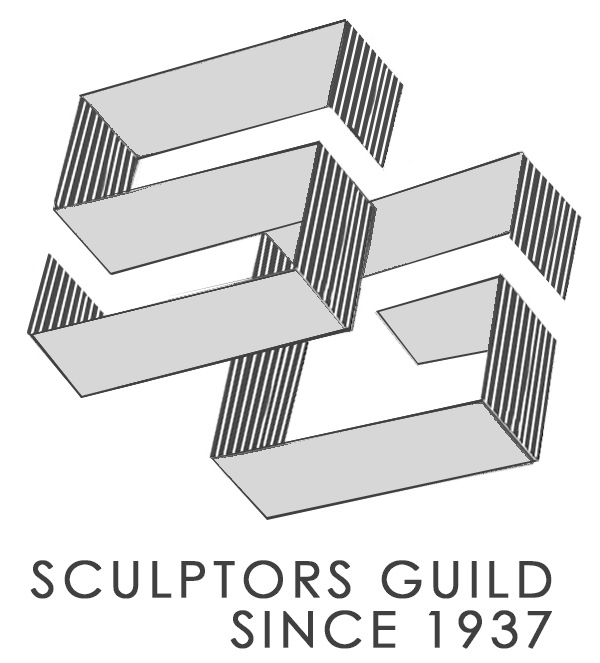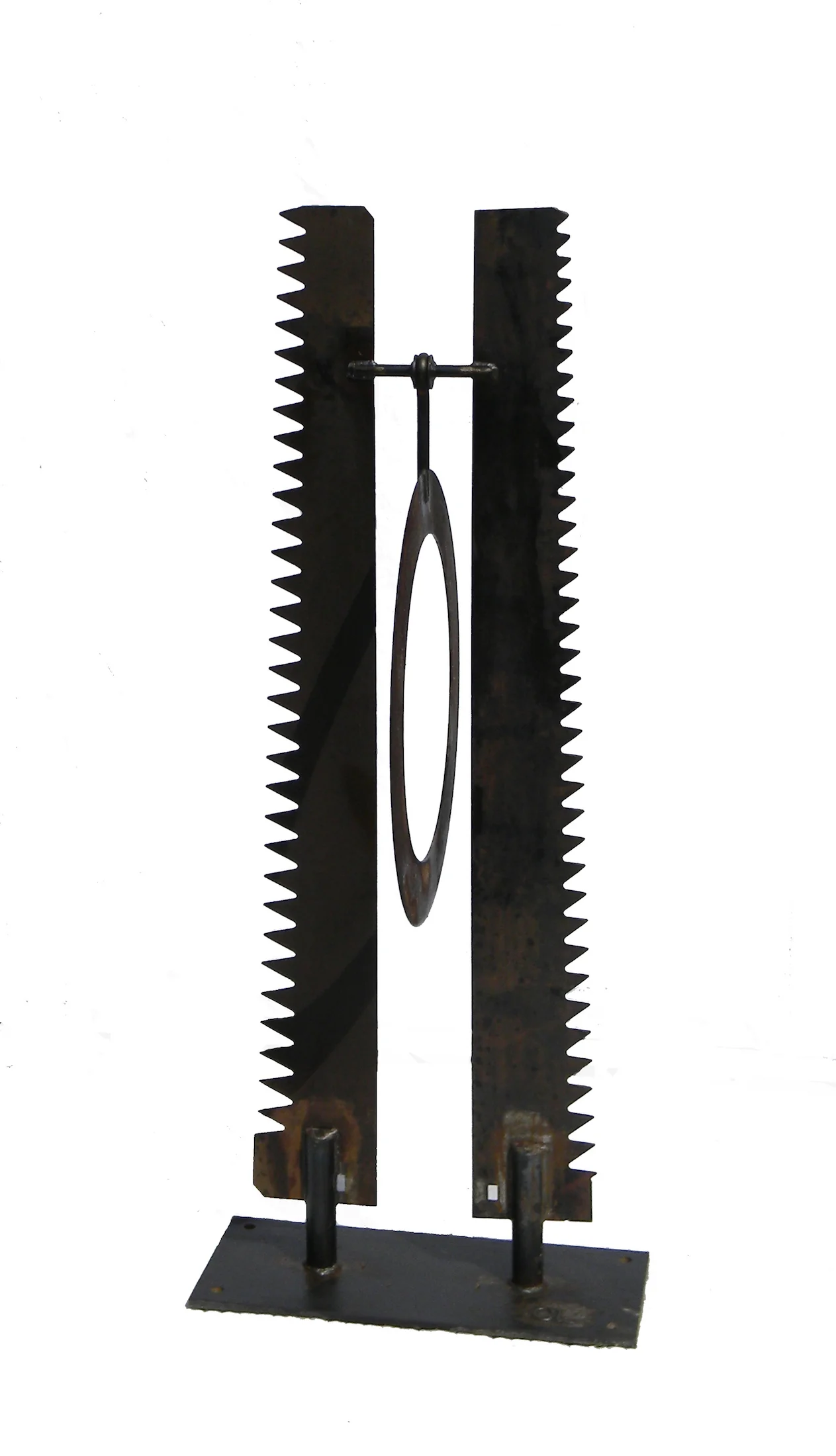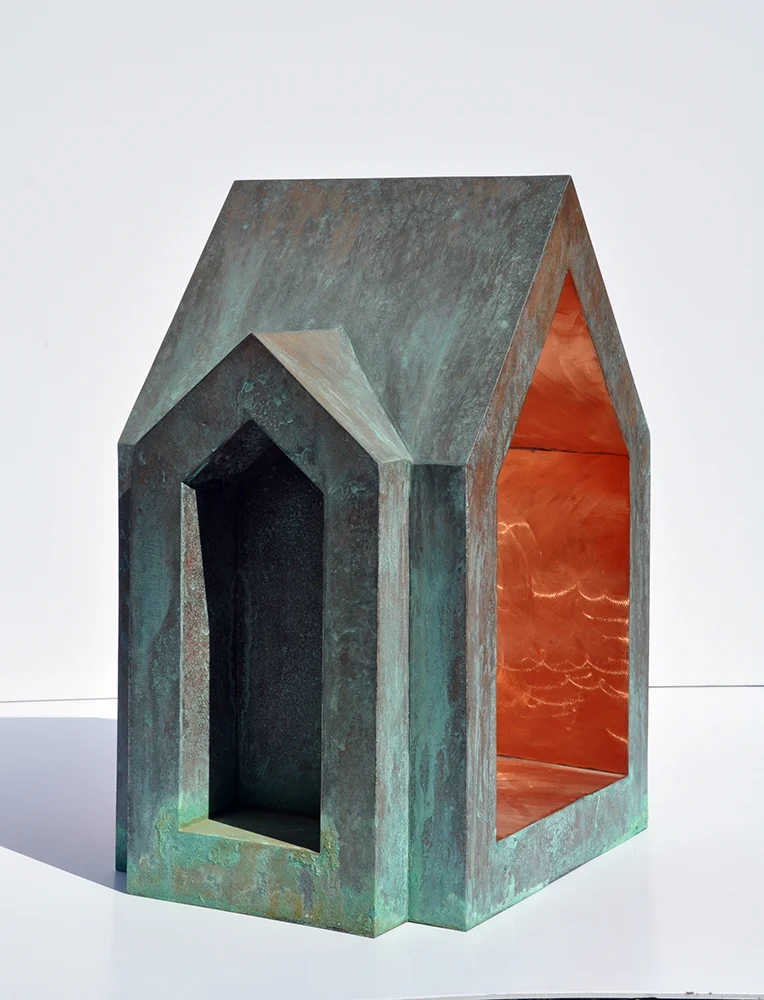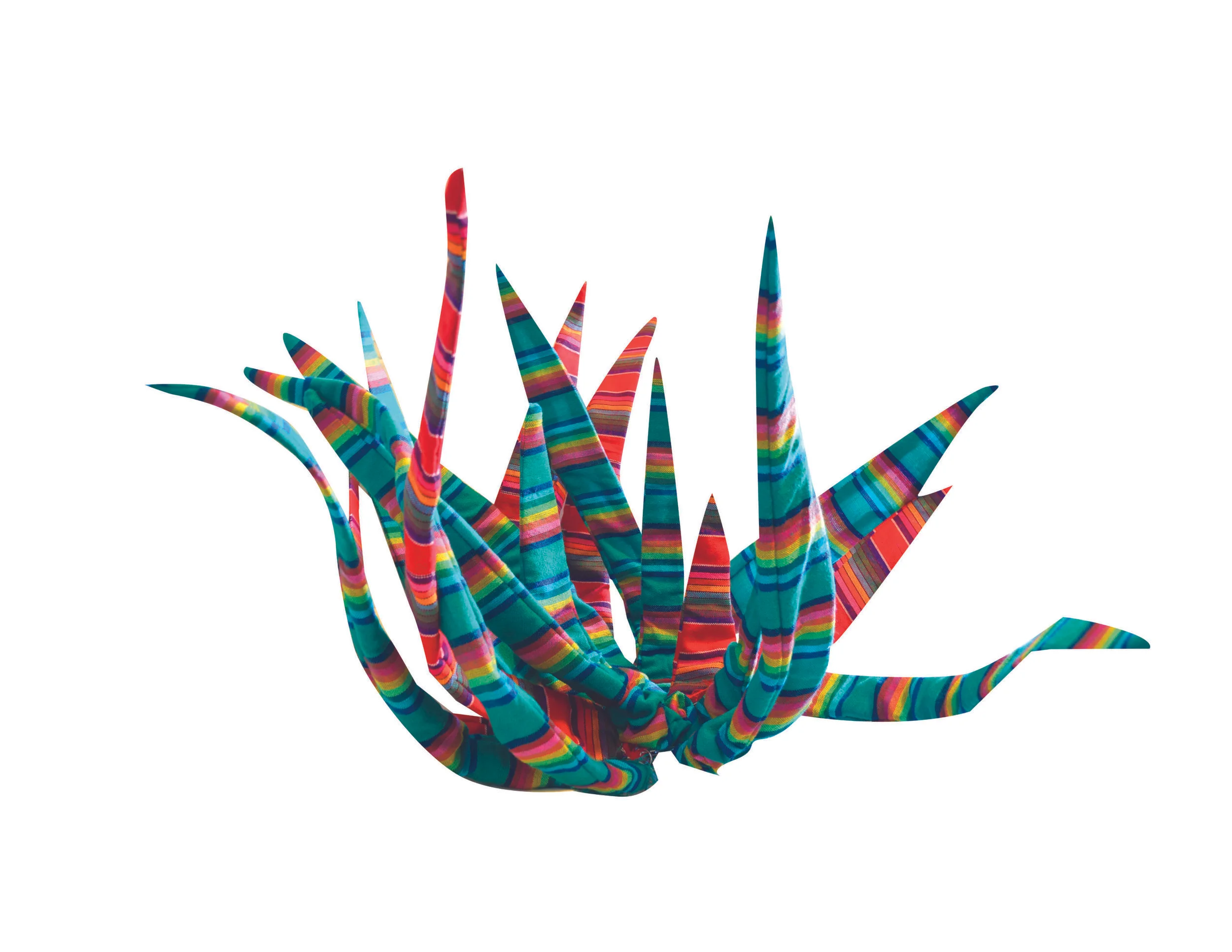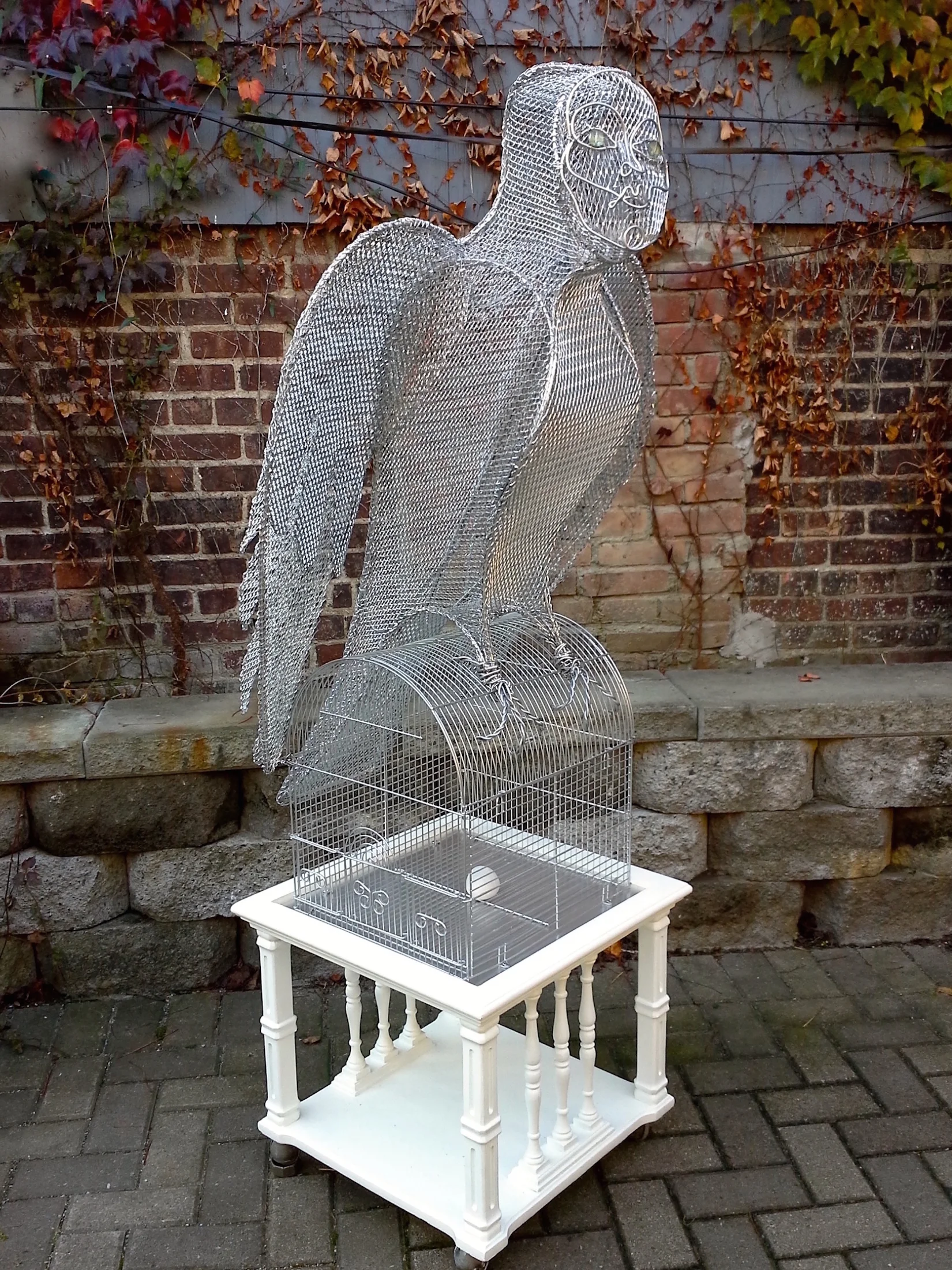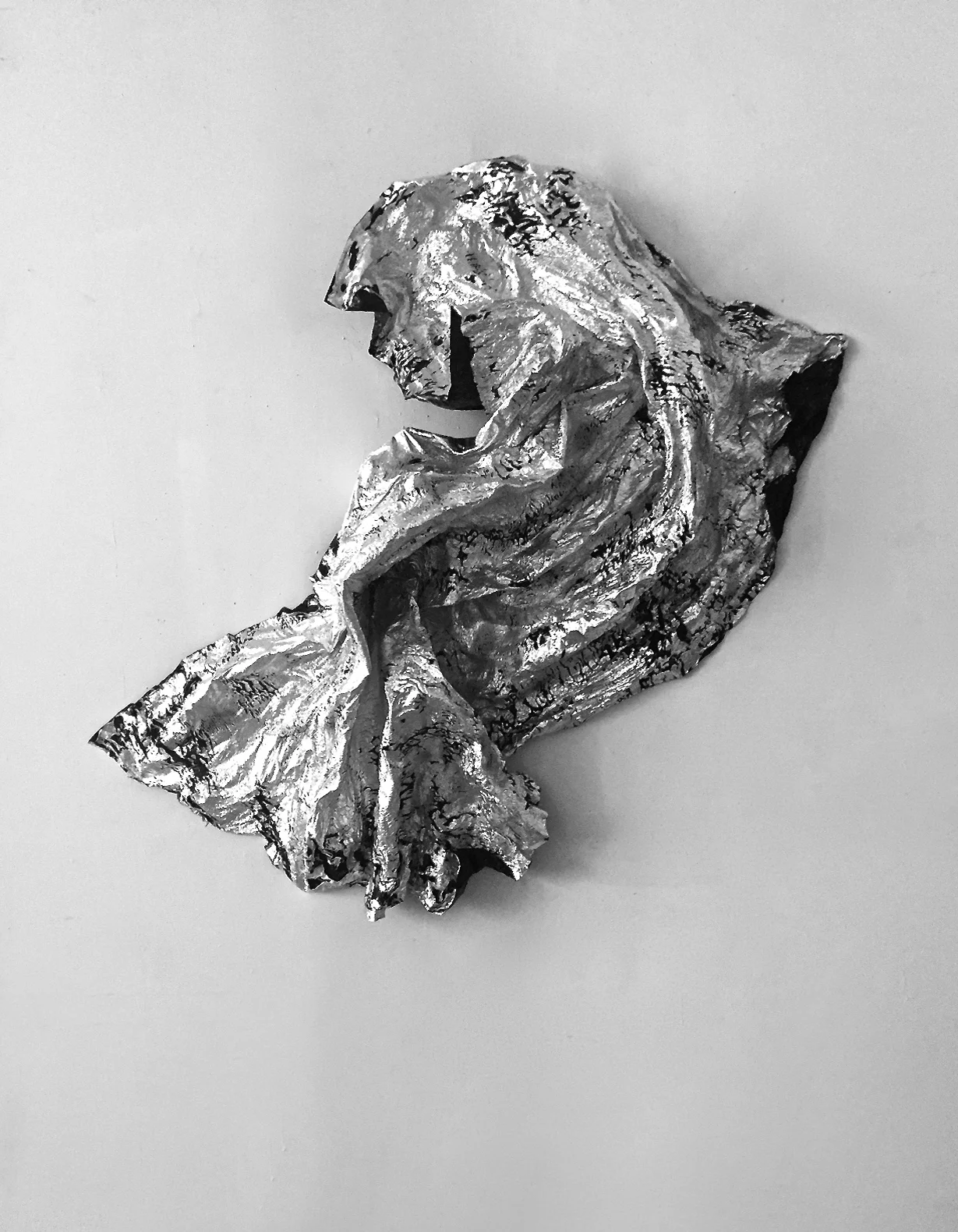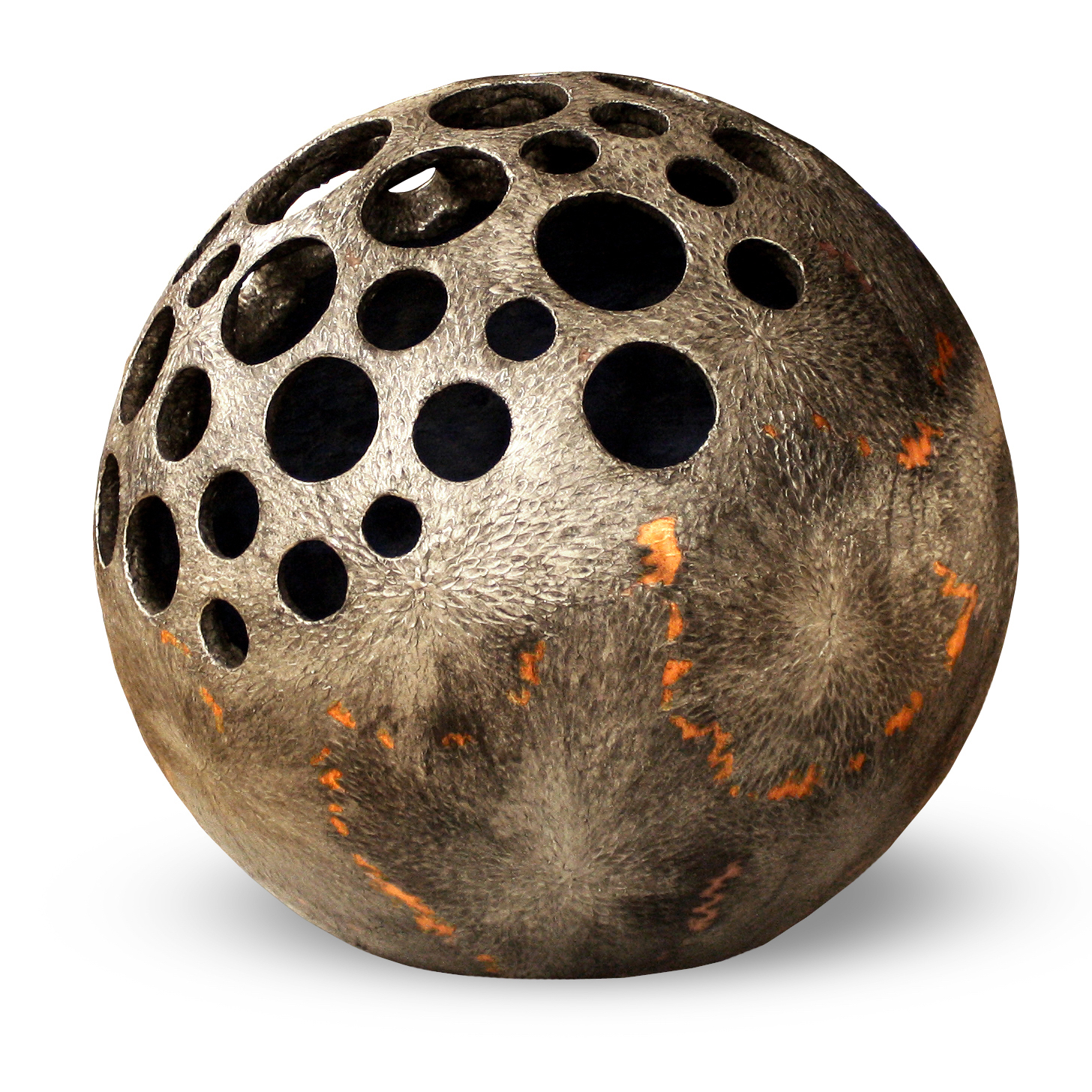Currently 80
Presented by the Sculptors Guild | Curated by John Yau
Currently 80 highlighted the work of former members including Louise Nevelson, Jose de Creeft, Chaim Gross, Jean Woodham, and Michael Malpass. Current Guild Members work on view includes: June Ahrens, Ginger Andro and Chuck Glicksman, Mark Attebery, Richard Barnet, Caroline Bergonzi, Gianluca Bianchino, Meg Bloom, Gilbert Boro, Alberto Marcos Bursztyn, Colin Chase, Irene Christensen, Marilyn Davidson, Mary Annella, Mimi Frank, Irene Gennaro, J.T. Gibson, Janet Goldner, Gail Goldsmith, Armando Guiller, Lannie Hart, Sarah Haviland, Paul Higham, Lucy Hodgson, Eve Ingalls, Howard Kalish, Stephen Keltner, Brigid Kennedy, Elizabeth Knowles, Pavel Kraus, Thea Lanzisero, Eric David Laxman, Conrad Levenson, Robert Loebell, Elaine Lorenz, Vera Manzi-Schacht, Elizabeth McCue, Betty McGeehan, Gina Miccinilli, Lisa E. Nanni, Kenneth Payne, Jessica Ramirez, Sawyer Rose, Arlene Rush, Renata Schwebel, Alvin Sher, Emil Silberman, Robert Smith, Brigitta Varadi, Martha Walker, Andrew Werby, Michael Wolf.
Exhibition on View: February 5 - February 24, 2017 at Westbeth Gallery, 55 Bethune St, New York, NY 10014
Curator’s Statement:
In 1937, a group of sculptors got together and founded the Sculptors Guild in order to promote interest in contemporary sculpture. In many ways, the Sculptors Guild continued a tradition that started when a group of artists got together in Paris in December 1873 and founded the Société Anonyme Coopérative des Artistes Peintres, Sculpteurs, Graveurs. The purpose was to hold exhibitions of its dues-paying members, who could not show elsewhere. The first exhibition received a negative review by Louis Leroy titled, “The Exhibition of the Impressionists.”
The Sculptors Guild also paved the way for the intense period of artist-run galleries that flourished in New York between 1952 and 1965, which is currently being celebrated by the exhibition Inventing Downtown: Artist-Run Galleries in New York, 1952 – 1965, at the Grey Art Gallery at NYU (January 10 – April 1, 2017). The gallery is a little more than a block north of the Sculptors Guild offices, which are located in the 1830s townhouse where Renee and Chaim Gross once lived, now the home of the Renee and Chaim Gross Foundation. The overlap between this exhibition of works by members of the Sculptors Guild at Westbeth and the show at the Grey Art Gallery should serve as a healthy reminder of the importance of the relationship between independence and community. Neither can exist without the other, which is something we should never lose sight of.
The original purpose of the Sculptors Guild was dignified and idealistic. The members of the first Executive Board included Chaim Gross, William Zorach, and Minna R. Harkavy, who was also one of the founders of thenow-defunct New York Society of Women Artists, which was devoted to promoting the work of female avant-garde artists. Early members of the Sculptors Guild included Jose de Creeft, Louise Nevelson, and David Smith. It is one thing to promote yourself and another thing to help othersexpose their work to the public. How could I not say yes when Marilyn Davidson, one of the Guild’s artists, asked me to select work by members and write an introduction to the exhibition?
Eighty years have passed since the Sculptors Guild was founded and, thanks to the foresight and belief of the original members, it continues to exist and promote the work of its artists. After I began working with Thea Lanzisero and Elaine Lorenz at the Sculptors Guild and talking with Susan Fisher, Executive Director of the Renee and Chaim Gross Foundation, it quickly became clear to me that one way to celebrate the eightieth anniversary of the Sculptors Guild would be to show some work by founders and earlier members of this wonderful organization. Despite all the shifts and eruptions that happen in art, there is also – as I think this exhibition will prove – a continuity that is marked by change.
Years ago, in his manifesto-like essay, “Specific Objects” (1965), Donald Judd wrote:
The main thing wrong with painting is that it is a rectangular plane placed flat
against the wall.
He could not have been as succinct about sculpture. One of the things that struck me while looking through the submissions of the Guild’s members is the wide range of materials and processes that have been used. In many ways, the works seemed to have little or nothing in common, which is a good thing. The other thought – which I have had before while looking at art – is that processes do not become obsolete. In fact, I would claim that subject matter, materials, and processes never become outmoded, not in the right hands. Any subject, material, or process can be made fresh. It seems as if the artists in this show have put every sort of material to use, suggesting at the very least the resourcefulness and ingenuity that a sculptor needs to make a work of art. And when I say every kind of material, I mean exactly that. There are those that one might expect, such as wood, bronze, steel, rope, clay, and wire, but there are also animal skulls and antlers, feathers and sneakers, kindergarten chairs and goggles. One of the many delights of this show is discovering what materials these sculptors have chosen and how they are transformed.
From fired clay and bronze to software and 3D printing, this exhibition spans the history of sculpture from its ancient beginnings to the latest technology. Irene Gennaro directly carves and laminates wood, while Andrew Werby digitally masters his wall reliefs; we also have Lisa Nanni using neon lights and Paul Higham coding digital data. By bringing these diverse artists and their works together, the Sculptors Guild helps build a community, which is essential to the health of art.
At the same time, the variety of materials and processes that I saw in the submissions reflects the healthy state of contemporary sculpture and the fact that no style or aesthetic agenda dominates today’s scene. This, I would argue, is for the good. There are objects rising from the floor – which is the continuing legacy of sculpture ever since humans piled one stone on top of another – and images projected onto the wall. There are works formed by hands and those made with the aid of a computer. There is a fair amount of casting and welding, weaving and soaking. No matter what the works are about, all of them are infused with the artist’s subjectivity and deep feelings. I found no single characteristic by which I could characterize this exhibition, which makes me supremely happy.
Each sculpture embodies a different vision of the world, of the past, present, and future. Some of the sculptures are whimsical: others touch on the tragic. The sculptors present a span of human emotions as wide as the range of their materials, shaped by the mind as much as by the hand.
John Yau | Curator, Currently 80 | Poet, Critic, Writer
